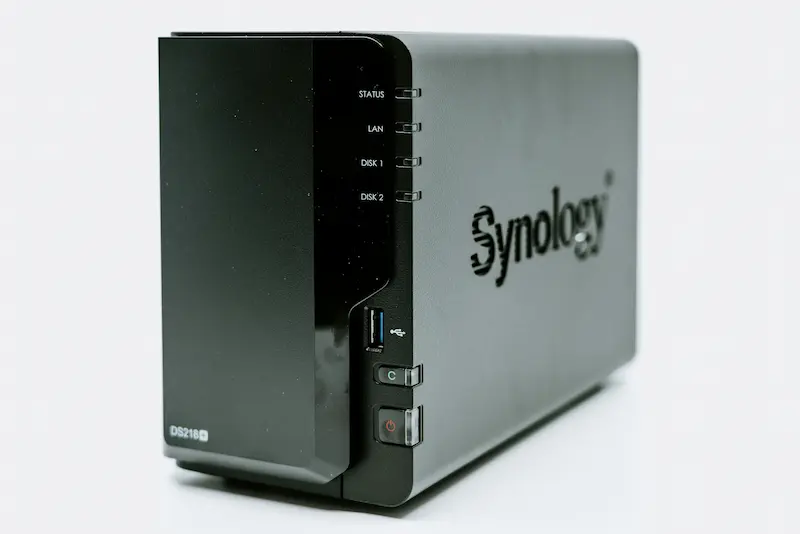Network Attached Storage (NAS) has become an essential component in modern networks, offering a centralized solution for file storage, data management, and sharing across multiple devices. This article explores the purpose of NAS, the necessity of RAID in NAS setups, and provides a detailed guide on how to set up a NAS device in a home or corporate environment.More
Installing Operating Systems on Multiple Devices Simultaneously in a Local Network
Deploying an operating system (OS) on multiple devices simultaneously in a local network is a common task in corporate environments, educational institutions, and other large organizations. This process, known as network-based OS deployment, helps streamline the setup of numerous computers, ensuring consistency and saving time. This article will explore various methods and tools for installing an OS on multiple devices simultaneously within a local network, focusing on practical steps and best practices.More
Implementing Two-Factor Authentication in a Local Network
In today’s digital landscape, securing sensitive information is more crucial than ever. With cyber threats on the rise, relying solely on passwords for authentication is no longer sufficient. Two-Factor Authentication (2FA) adds an extra layer of security, making it significantly more difficult for unauthorized individuals to gain access to systems and data. This article explores how to implement 2FA in a local network within a corporate environment, detailing the benefits, methods, and practical considerations for deployment.More
Automating Common IT Tasks with Python
Python has become a go-to programming language for IT professionals due to its simplicity, versatility, and extensive library support. It enables automation of repetitive and time-consuming tasks, making IT operations more efficient and less error-prone. This article explores how Python can be used to automate common IT tasks, including network management, file handling, system monitoring,…More
Encrypting Disks and Data Security Strategies in Corporate Environments
In today’s digital age, data security is paramount for any organization. Encrypting disks and implementing robust data security strategies are essential to protect sensitive information from unauthorized access and breaches. This article explores how to encrypt disks using BitLocker and Encrypting File System (EFS), along with other common methods, and discusses strategies to prevent data loss and ensure data security in a corporate environment.More
Implementing a File Server and File Sharing Strategy in a Corporate Environment
Implementing a file server in a corporate environment is a crucial task that ensures efficient file sharing, data management, and secure access to organizational resources. This article will guide you through setting up a file server, developing a strategy for file sharing, controlling permissions, and conducting essential security procedures.More





